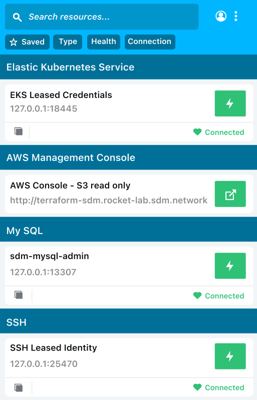Modern infrastructure challenges range from new regulations to secrets management. See how Better’s CISO is tackling these challenges.
Posts by Category:
- Security
- Access
- Auditing
- Policy
- SOC 2
- Privileged Access Management
- Compliance
- Identity and Access Management
- Zero Trust
- Compare
- Team
- DevOps
- Authentication
- Databases
- Integrations
- Product
- Podcasts
- Productivity
- AWS
- ISO 27001
- SSH
- Dynamic Access Management
- Kubernetes
- Role-Based Access Control
- Observability
- Secure Access Service Edge
- Webinars
- Events
- HIPAA
- Engineering
- NIST
- Onboarding
- Passwordless
- Offsites
- PCI
- Platform

Surging API use presents new challenges for application security. Discover how experts from StackHawk, strongDM & imVision are learning to adapt and improve their API security.
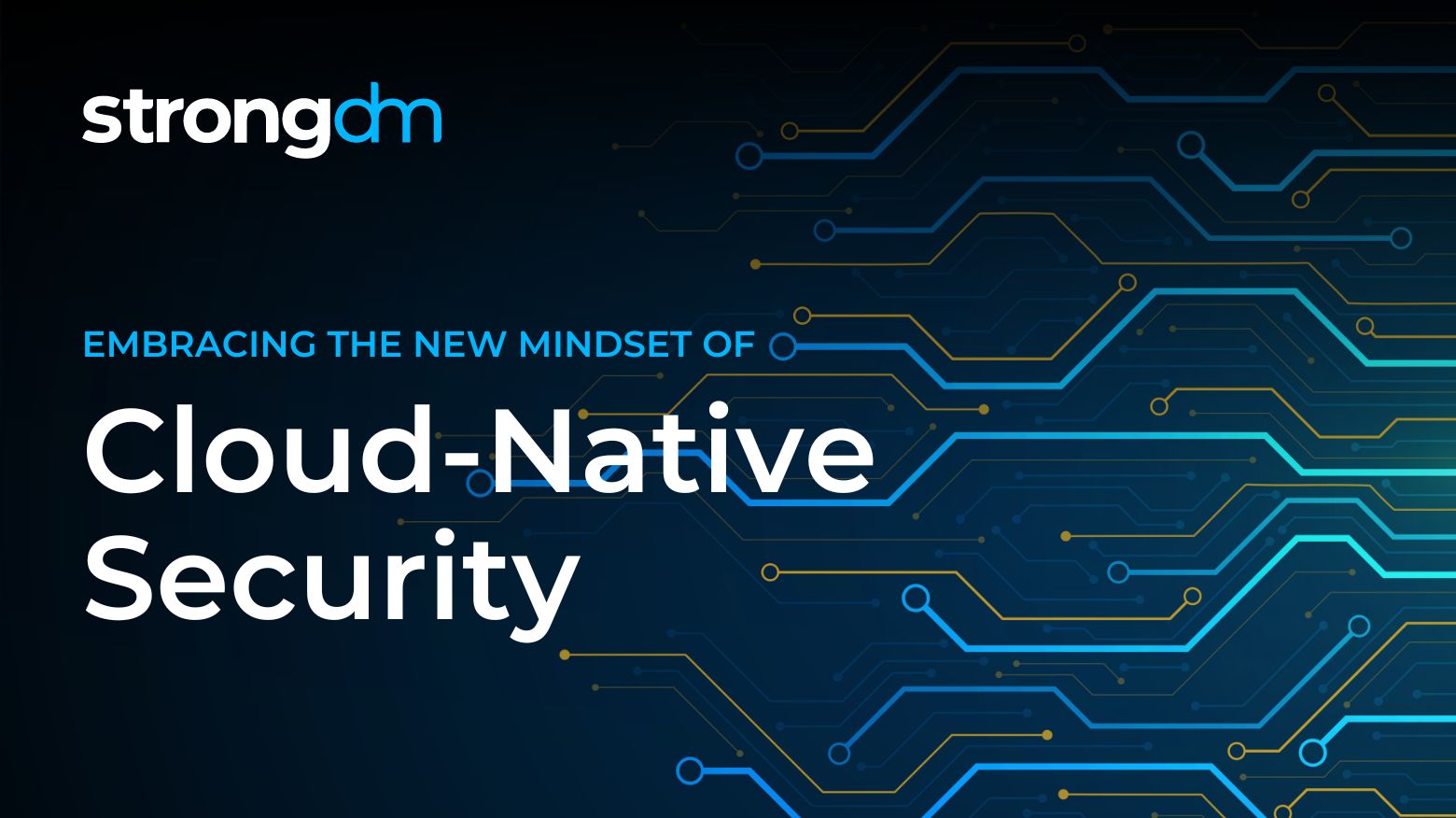
What is a “mindset of cloud-native security”? 🤔 That’s a great question. That’s why Justin McCarthy, CTO and co-founder of strongDM, recently sat down with Mike Vizard at Container Journal and a panel of technology experts to discuss just that—and how to implement it without creating friction.

In our last post, we discussed some of the challenges that are inherent to management of SSH keys across your infrastructure as you scale the number of team members and servers. In this post, we will dig into some of your options and the trade-offs that they provide.

There are a number of ways to automate user provisioning but the real challenge lies in keeping track of those credentials.

Infrastructure and DevOps administrators face significant barriers in managing Secure Shell (SSH) keys. In this article, we’ll explore the complexities of SSH key management. We’ll also show how to effectively authenticate users without having to manage SSH keys for individual users.

Kubernetes authentication presents a unique challenge. While Kubernetes defines the concepts of both user accounts and service accounts natively, it doesn’t provide us with a single, built-in method for authenticating those accounts. Instead, we must choose from a variety of techniques involving third-party tools or resources to perform Kubernetes cluster authentication.

In this post, we’ll dissect the two concepts and explain how administrators can use a reverse proxy for easy access management control.
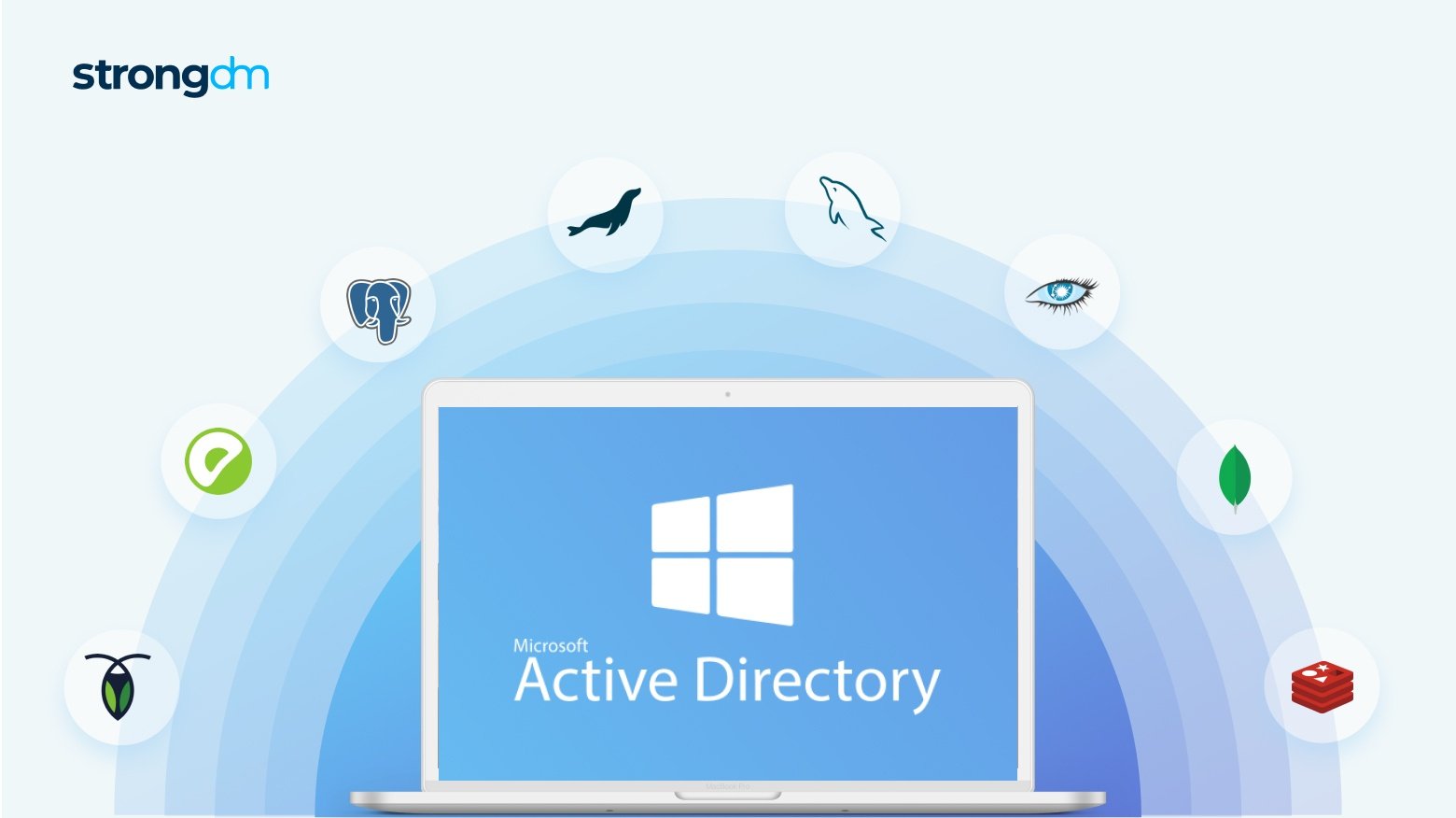
Consider this when you choose to integrate Active Directory (AD) with your databases and applications using their native APIs, connectors, or toolkits.
![How to Create Users and Grant Permissions in MySQL [Tutorial]](https://discover.strongdm.com/hubfs/mysql-create-user-grant-permissions.jpeg)
Find an easier way to manage access privileges and user credentials in MySQL databases. Reduce manual, repetitive efforts for provisioning and managing MySQL access and security with strongDM.
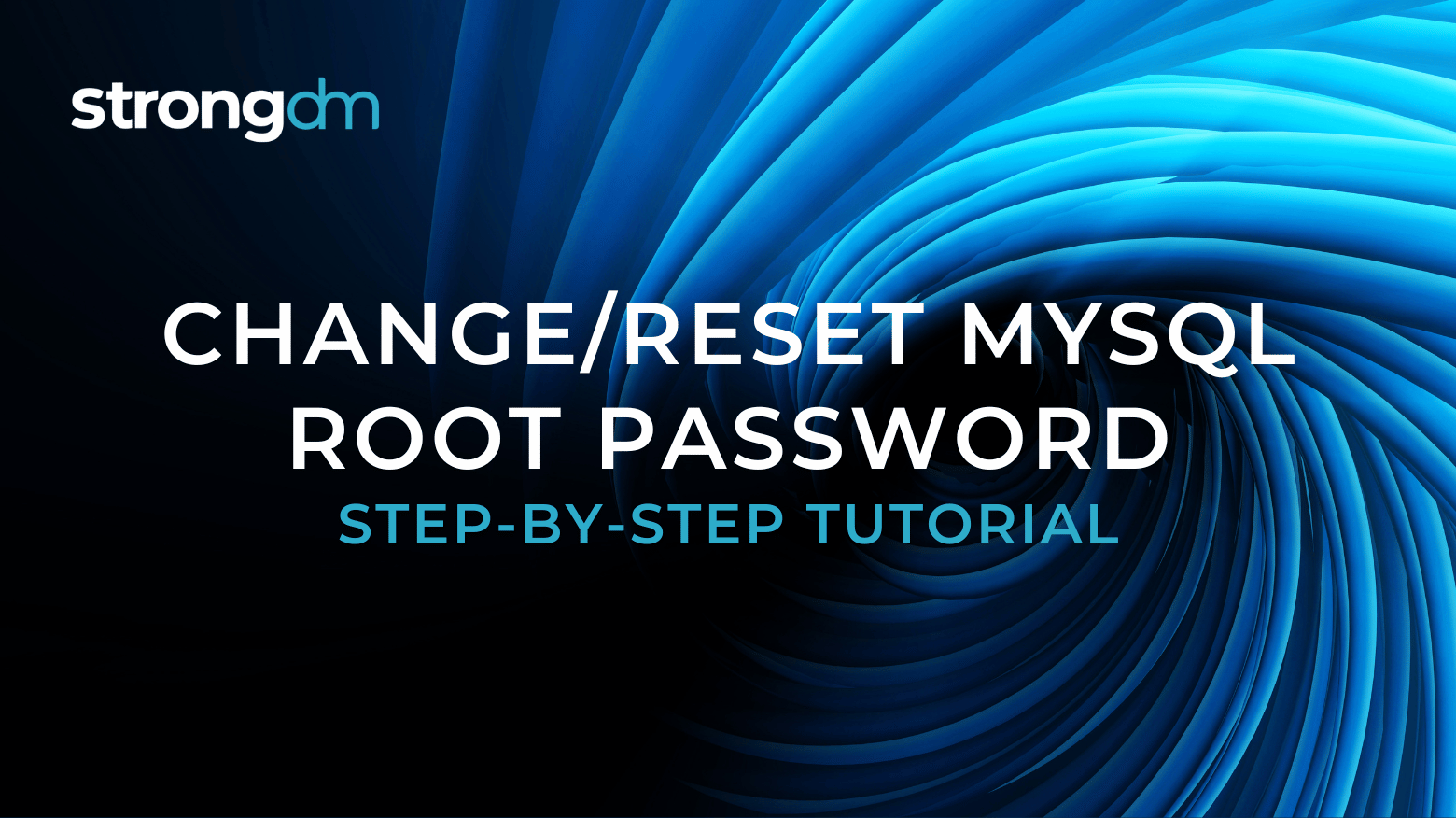
On an unmodified MySQL install, the root user account does not have a password. This is extremely insecure! As a systems administrator, we know that the easiest way to compromise a system is using the default unchanged password with admin privileges.
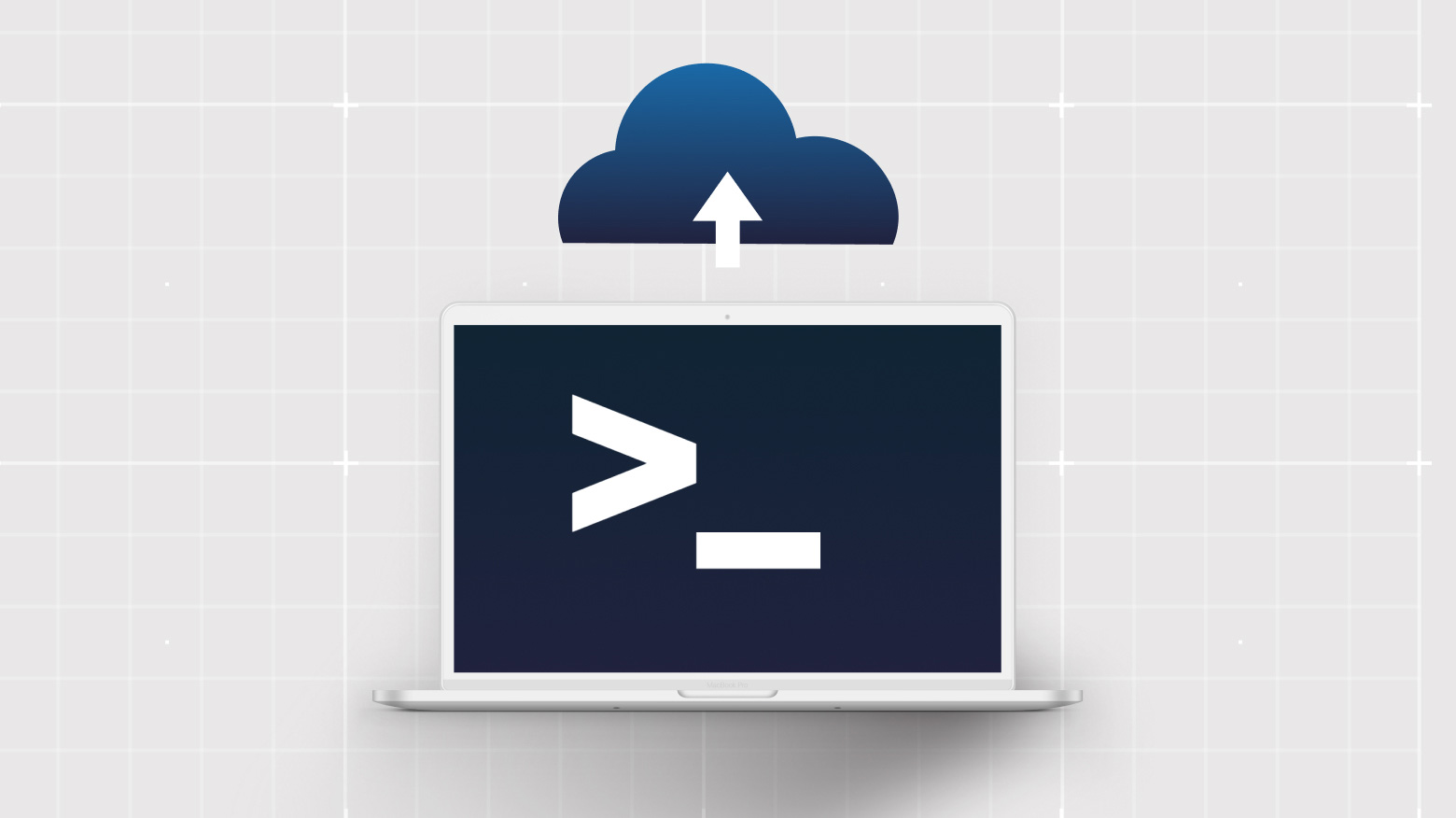
Configure the hosts for logging verbose data, and then send the logs to a cloud provider for long-term storage and access.
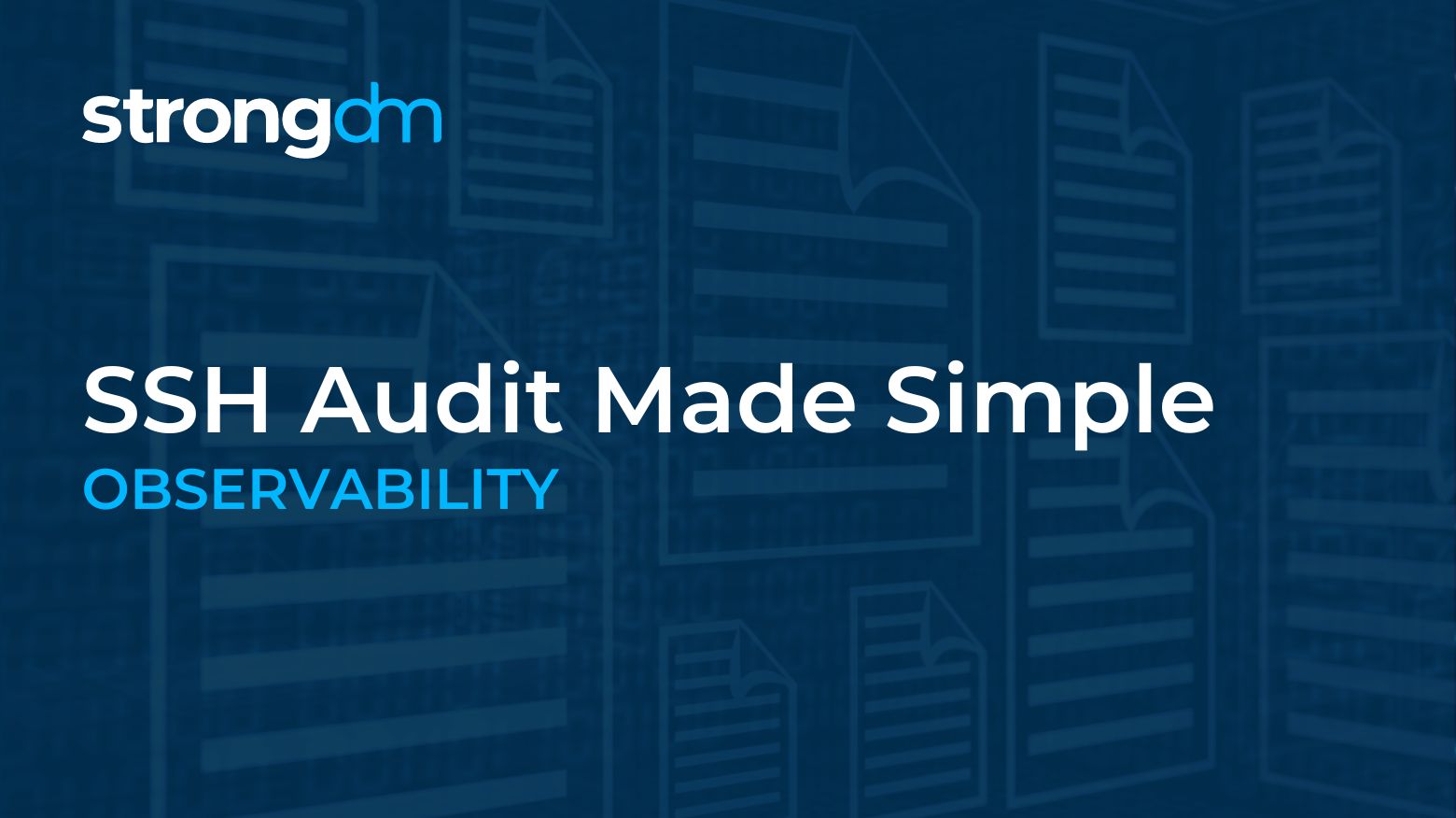
SSH audit logs allow you to determine, either retroactively or in real-time, when an unauthorized or destructive action was taken, and by whom.

Whether you’re looking to achieve SOC 2 compliance, or just want to learn more about it, your Googling is bound to lead you to a wealth of articles chock full of buzzwords and acronym soup. In this post, we will provide a guide with definitions, links and resources to gain a solid understanding of everything you need to know about SOC 2 audits.

